Outcomes Based Contracting with AI and Automation
Outcomes based contracting is gaining traction, and for good reason.
Stakeholders tend to have different definitions of "success."
Throw in ambiguous contract language, uneven data, and manual tracking processes, and the promise of outcomes based contracting begins to break down.
What appears elegant on paper can soon prove problematic in practice.
That's where technology, especially AI and automation, comes in – a game-changer.
Smart systems are able to monitor performance metrics, alert gaps in advance, and even assist with creating realistic outcomes upfront.
In this blog, we explore how companies can transition from theory to action, and how a contemporary contract management platform can simplify the complexity that tends to derail outcomes based contracting initiatives.
Key Takeaways
- Outcomes based contracting (OBC) correlates vendor payment with results, rather than time, tasks, or deliverables.
- Common challenges are vague definitions of success, the absence of automation, manual monitoring, and departmental misalignment.
- Technology like AI-powered tools and contract management software such as Dock 365 assists with automating performance monitoring, enhancing clarity, and making OBC scalable and trustworthy.
- This blog offers real-world advice on how technology can make OBC easier through intelligent systems and coordinated workflows.
Why Outcomes-Based Contracts Often Fall Short
![]() In its essence, outcomes based contracting turns the conventional model upside down.
In its essence, outcomes based contracting turns the conventional model upside down.
Rather than being paid for inputs such as hours worked, reports submitted, or tasks achieved, OBC compensates for the outcomes that really count.
That change comes with a very attractive promise: more accountability, more innovation, and more impact.
This methodology has already proven effective in some industries and is now extending to new areas such as healthcare, education, IT services, and public programs.
Still, while all the hype has been building, OBC remains more concept than best practice, particularly where there are complex stakeholder ecosystems or people-oriented outcomes.
So, what's holding it back?
First, outcome definition is harder than it appears. Particularly in industries such as social impact or education, there isn't always a quantifiable measure of success.
Second, OBC models require high-quality, dependable data and a corporate culture of transparency.
Many companies are still playing catch-up, however, when it comes to having a data infrastructure capable of providing that type of visibility.
Then there's risk.
OBC passes most of the financial and operational risk to suppliers, who may be reluctant to enter into it if payment is tied to vague or delayed outcomes.
Conversely, government clients frequently endure strict procurement guidelines and taut budgets, with precious little wiggle room for gamble or creativity.
It's a delicate juggling act.
Making Contract Outcomes Clear with AI
 Far too often, the best of intentions is the only thing guiding teams into OBC contracts, without any actual understanding of what they mean by "success" or how they'll be measuring it.
Far too often, the best of intentions is the only thing guiding teams into OBC contracts, without any actual understanding of what they mean by "success" or how they'll be measuring it.
They're left with the kind of fuzzy goals as "optimize operations" or "enhance customer satisfaction," which read well but collapse at measurement time.
That's where AI isn't just beneficial, it's revolutionary.
AI is good at imposing order on uncertainty. It does not work through assumption or guesswork.
Rather, it draws upon large reservoirs of past data, customer input, KPIs related to operations, and use trends to assist in creating transparent, applicable, and data-driven definitions of success.
That entails your contract results being determined by actual-world performance rather than best estimates.
Suppose your goal is to "improve service delivery."
AI can scan historical support histories, SLA success, and customer response times to establish realistic performance targets based on actual behaviour.
This eliminates goal-setting friction and establishes a good basis for tracking performance.
Better still, AI doesn't merely assist planning, it assists execution. Perhaps the most compelling advantage of AI is that it aligns everyone involved.
Rather than vendors and clients operating from separate dashboards, interpretations, or assumptions, everyone is operating off one source of truth.
Transparent, real-time data makes results transparent to all stakeholders, reducing confusion and establishing a common knowledge base for what success is and if they are getting it.
How AI Helps You Manage Risk and Find What Works
 Outcomes based contracting (OBC) is founded on a strong premise: if clients and vendors are to share the rewards, then they should share the risks as well.
Outcomes based contracting (OBC) is founded on a strong premise: if clients and vendors are to share the rewards, then they should share the risks as well.
But whereas this reads well on paper, executing it in real life is a different ball game altogether.
For most squads, the problem isn't lack of aspiration, but lack of visibility.
After all, you can't control what you can't see. And when contracts are bound to performance results, every blind spot is an asset.
Delays are unnoticed, success is misdiagnosed, and small gaps are translated into huge breaches.
That's where AI goes from being merely useful, to vital.
Fundamentally, AI excels at identifying patterns in disorder.
It's able to scan mountains of data, from performance tracking and compliance reports to contract terms and vendor history and bring forward warning signs early.
This isn't merely responding to what's already occurred. It's about foreseeing what could occur and being ready for it.
AI not only flags reds, it gives you a picture of the magnitude and extent of the associated risks.
But here's the flip side: AI also assists you in tapping upside potential.
Through studying what succeeds, where suppliers over-deliver, where changes indeed lead to improved results, AI assists you in reproducing success.
It detects patterns behind strong performance so you can reward them strategically.
Over time, you'll understand what rewards spark innovation and where your structures of bonuses are most effective.
The payoff? A wiser, more well-rounded method of dealing with risk and reward.
One in which penalties are driven by actual insight, rather than checklists.
And incentives supported by hard facts, not optimistic assumptions.
Making Systems Work Together with AI
 For all its promise, outcomes based contracting fails without being connected.
For all its promise, outcomes based contracting fails without being connected.
It depends on alignment across departments, systems, vendors, and data streams.
And the issue is: those alignments do not usually exist.
Too many organizations work in silos. Legal has one platform, procurement has another, and vendor teams are stuck trying to manage spreadsheets and email threads.
Metrics fall between the cracks, deadlines are missed, and everyone measures success differently.
This is where AI excels, not as a tool, but as the connecting bridge that holds it all together.
When you scale OBC across several projects or across teams, what you require most is a single view, an up-to-date, end-to-end understanding of how everything is going.
That implies bringing together contract data and procurement timelines, delivery statuses, SLA monitoring, and so on. It's a lot to track.
But complexity is where AI excels.
Suppose your legal team monitors SLA breaches in one system, and your procurement staff records delays in another.
Without AI, linking the dots requires a human to go through records manually to identify a possible breach.
With AI, though, these systems can communicate with each other.
When there is a late delivery, the system automatically cross-checks the terms of the SLA, computes the effect, and alerts the relevant team.
No holdups. No misunderstandings.
And it doesn't end there. AI transcends real-time notifications to provide more introspection.
It informs you which vendors underperform regularly, which contractual terms lead to disputes, and which metrics could be too aggressive.
That amount of context is how you shift from contract management to contract optimization.
As you scale your OBC model, AI matures with it.
The more contracts you process using the system, the more experience AI has to draw upon and learn from, enhancing its capacity to predict issues, refine recommendations, and set wiser benchmarks.
What begins as automation gives way to intelligence, and that is the secret to scaling OBC with confidence.
AI serves as connective tissue in high-speed, multi-vendor, fast-changing environments, where regulatory requirements, priorities change, and there are many vendors.
It eliminates silos, keeps people synchronized, and makes sure that "success" is not only promised at the onset of a project, but it's repeatedly measured, optimized, and communicated to all areas of your organization.
Conclusion
Outcomes based contracting provides us with a superior option, but only if it's supported by systems that are similarly innovative.
That's where AI enters the picture, not to take over from humans, but to enhance them.
From capturing how success should be measured, to monitoring performance, maintaining risk, and making collaboration easier, AI makes static contracts dynamic, living, breathing tools that actually add value.
And with Dock 365, it's already yours to have.
Based on Microsoft 365's secure, scalable foundation, Dock's AI-driven contract lifecycle management system integrates directly into your everyday work.
It provides you with the clarity, compliance, and collaboration you require, without the added layers of complexity.
The transition from "hard" to "smart" contracting isn't a far-off prospect, it's already underway. The only question is: will your company drive the change or be left behind.
Schedule a free demo with Dock 365 to see how AI can remove the guesswork from results and make your contracts work.
Like our content? Subscribe to our newsletter on LinkedIn for more insights and updates.
Book a Live demo
Schedule a live demo of Dock 365's Contract Management Software instantly.

Written by Jithin Prem


